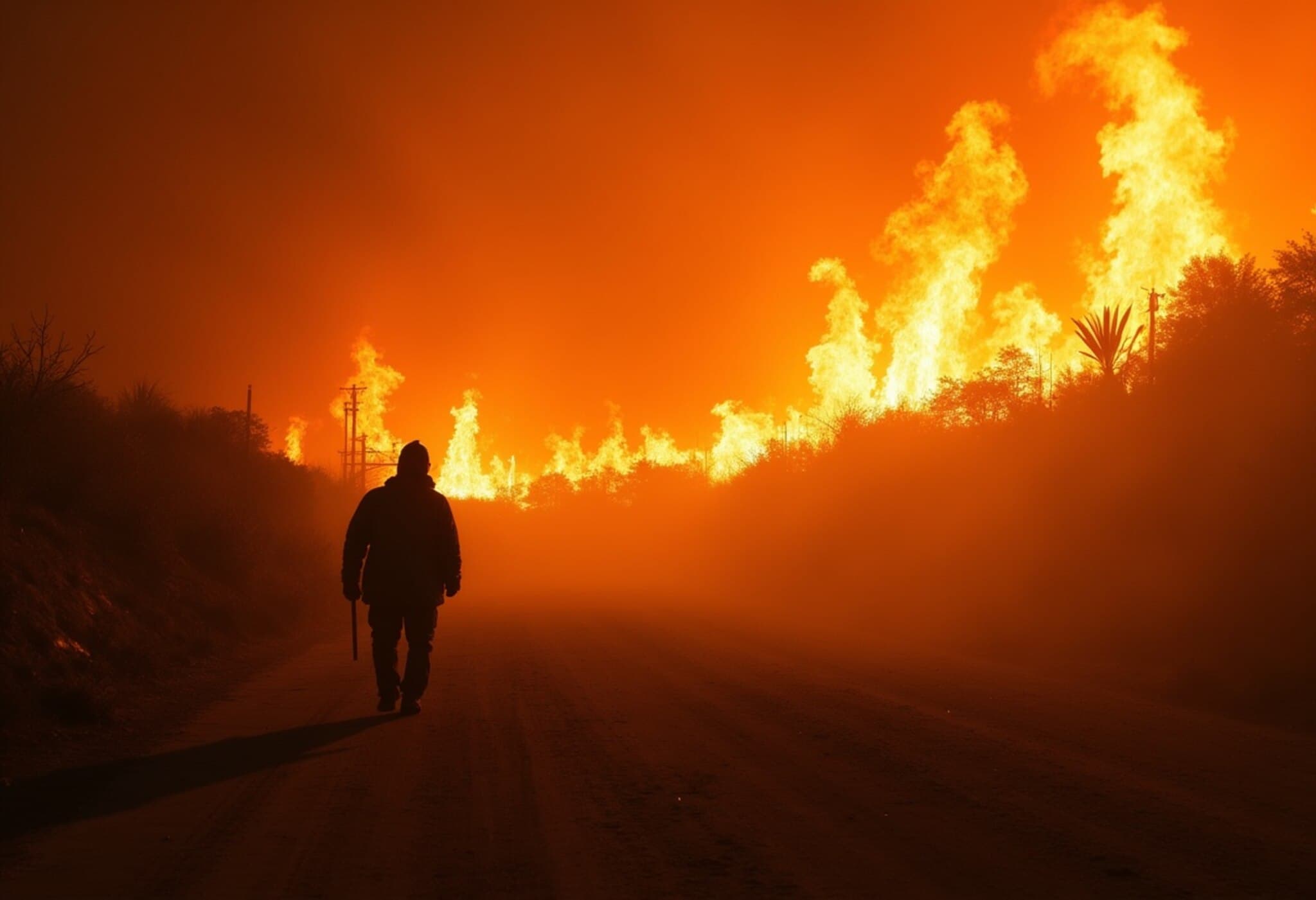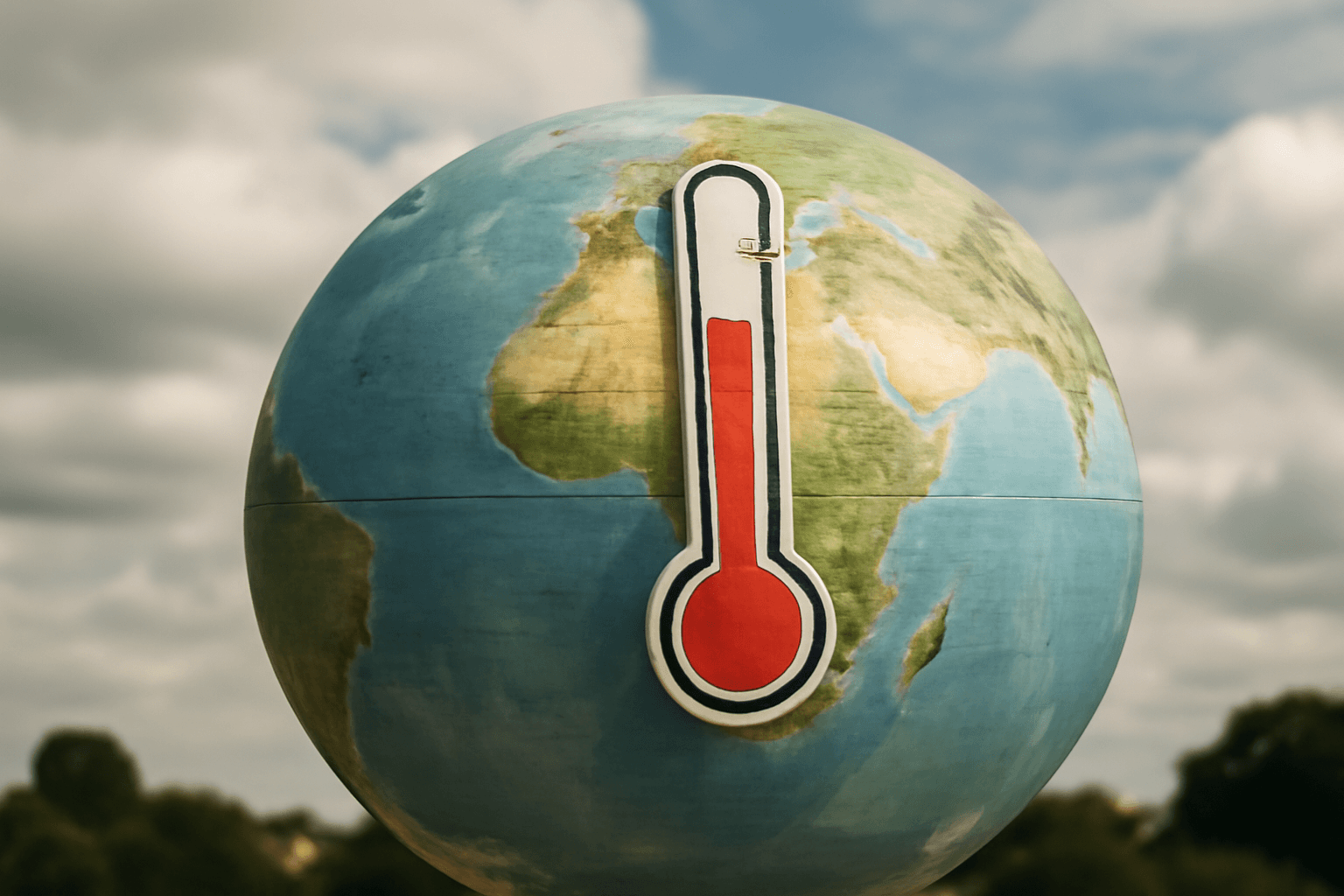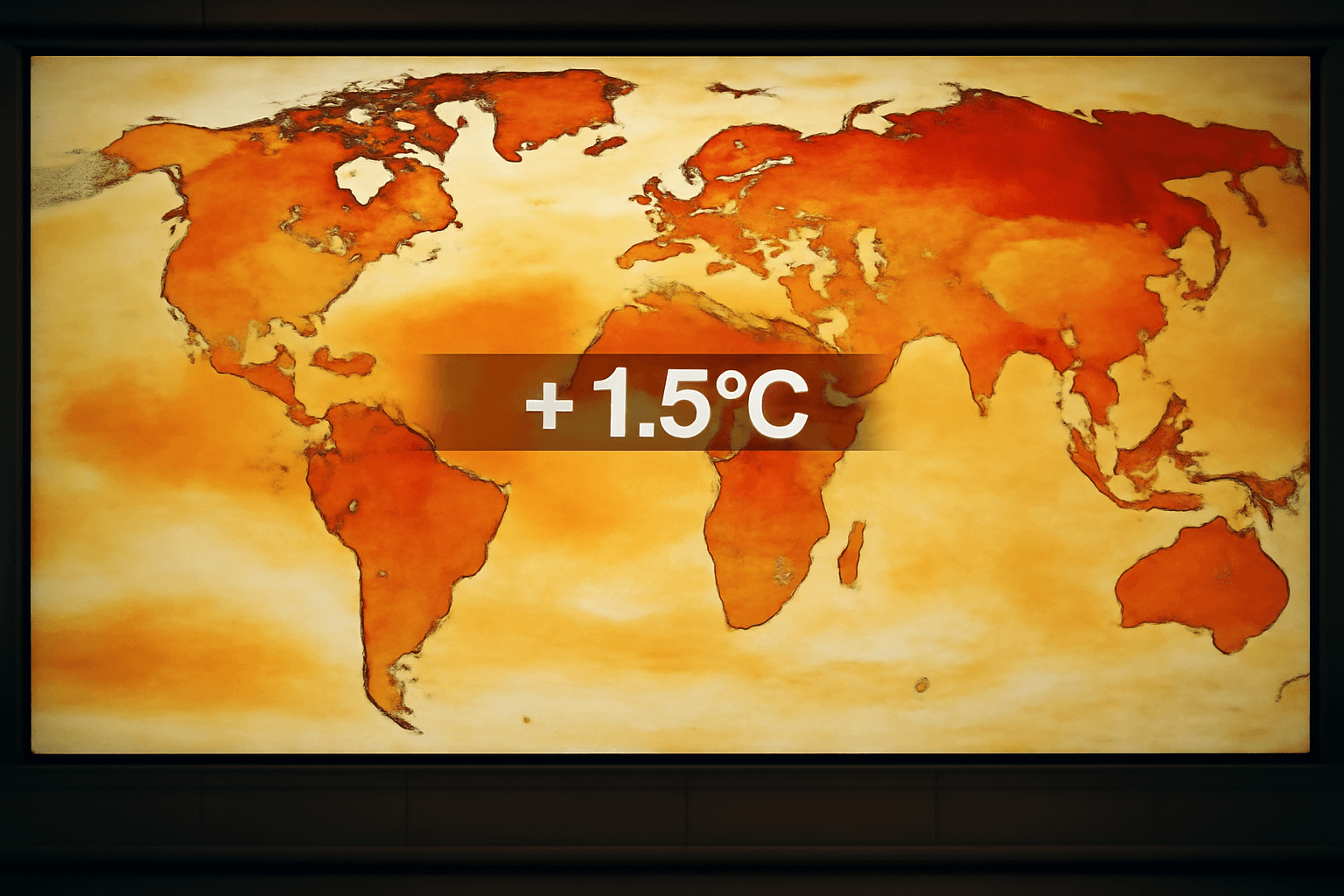Climate Indicators Spike to Unprecedented Levels
The latest scientific update reveals a stark reality: greenhouse gas emissions, primarily from burning fossil fuels and deforestation, surged to record levels in 2024. Averaging a staggering 53.6 billion tonnes of CO2-equivalent gases annually over the past decade—equivalent to around 100,000 tonnes every minute—this trend is pushing the planet to dangerous thresholds.
Global Temperatures Cross Critical Threshold
In a historic first, the Earth's surface temperature in 2024 surpassed the 1.5°C increase benchmark relative to pre-industrial levels. This breach signifies a critical warning, as it foreshadows intensified climate disruptions globally. Scientists warn that the remaining carbon budget—giving humanity roughly a two-thirds chance to keep warming below this 1.5°C limit—is projected to be exhausted within just a couple of years if current emissions persist.
Energy Transition Gains Momentum but Faces Challenges
While investment in clean energy doubled compared to fossil fuels last year, the reality remains grim: fossil fuels still power over 80% of global energy consumption. Crucially, renewable energy expansion is struggling to keep pace with the rising global energy demand, limiting overall progress in curbing emissions.
Paris Agreement's 1.5°C Target: Science Confirms Its Vital Importance
Originally an aspirational goal in the 2015 Paris Agreement, the 1.5°C warming limit is now confirmed by robust science as essential for avoiding catastrophic climate impacts. Nearly 200 nations committed to limiting warming to well below 2°C—commonly interpreted as between 1.7°C and 1.8°C. However, experts stress we are already approaching a critical time frame for curbing further temperature rises.
“Crunch Time” for Climate Action
Professor Joeri Rogelj, a leading climate scientist, emphasized that the coming three to four decades represent the critical period during which global warming is expected to peak. “We are already in crunch time,” he warned, highlighting the urgency of decisive action.
Alarming Acceleration of Sea-Level Rise and Other Indicators
Beyond soaring temperatures and emissions, the pace of other key climate indicators is equally troubling. Sea levels, which historically rose less than 2 millimeters per year, have accelerated dramatically to 4.3 millimeters annually since 2019. This rapid rise threatens coastal communities and small island nations worldwide.
Economic Costs of Rising Seas
Over the past 125 years, sea levels have climbed approximately 23 centimeters—roughly the height of a letter-sized sheet of paper. Yet, projections indicate an additional 20 centimeters by 2050, which could result in an estimated $1 trillion annually in flood damages across the world's 136 largest coastal cities.
Energy Imbalance and Oceans’ Role in Climate
One less visible yet critical factor is Earth's energy imbalance—the gap between incoming solar radiation and energy leaving the planet. Oceans have absorbed 91% of this excess heat, cushioning terrestrial environments from worst-case scenarios. However, this buffering capacity is under threat, as the planet’s energy imbalance has nearly doubled in the last two decades, raising concerns about future warming acceleration.
What Lies Ahead: Choices Define Our Climate Future
Although some severe impacts over the next decade are now inevitable, the long-term trajectory hinges on global decisions made today. Co-author Valerie Masson-Delmotte, former co-chair of the Intergovernmental Panel on Climate Change, underscored that while 1.5°C warming is imminent, subsequent outcomes depend heavily on emissions paths and policy actions.
Geopolitical Challenges at a Critical Juncture
As the world anticipates major climate negotiations later this year, the broader landscape is complicated by uneven international cooperation. The United States' withdrawal from key climate agreements and rollback of domestic policies jeopardize collective efforts and could weaken global momentum to enhance emission reduction commitments.
Urgency for Decisive Climate Policies
This comprehensive assessment serves as both a reality check and a call to action. With climate indicators flashing bright red, the imperative for accelerated policy implementation, transition to renewable energy, and robust international collaboration has never been clearer.



















